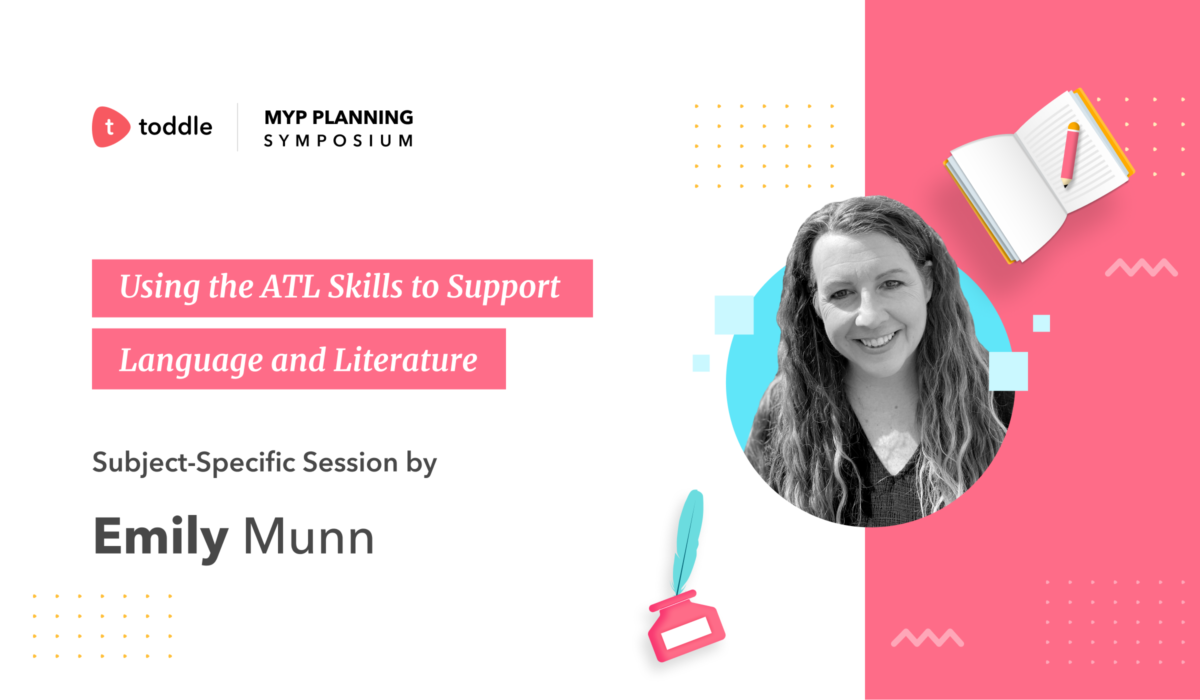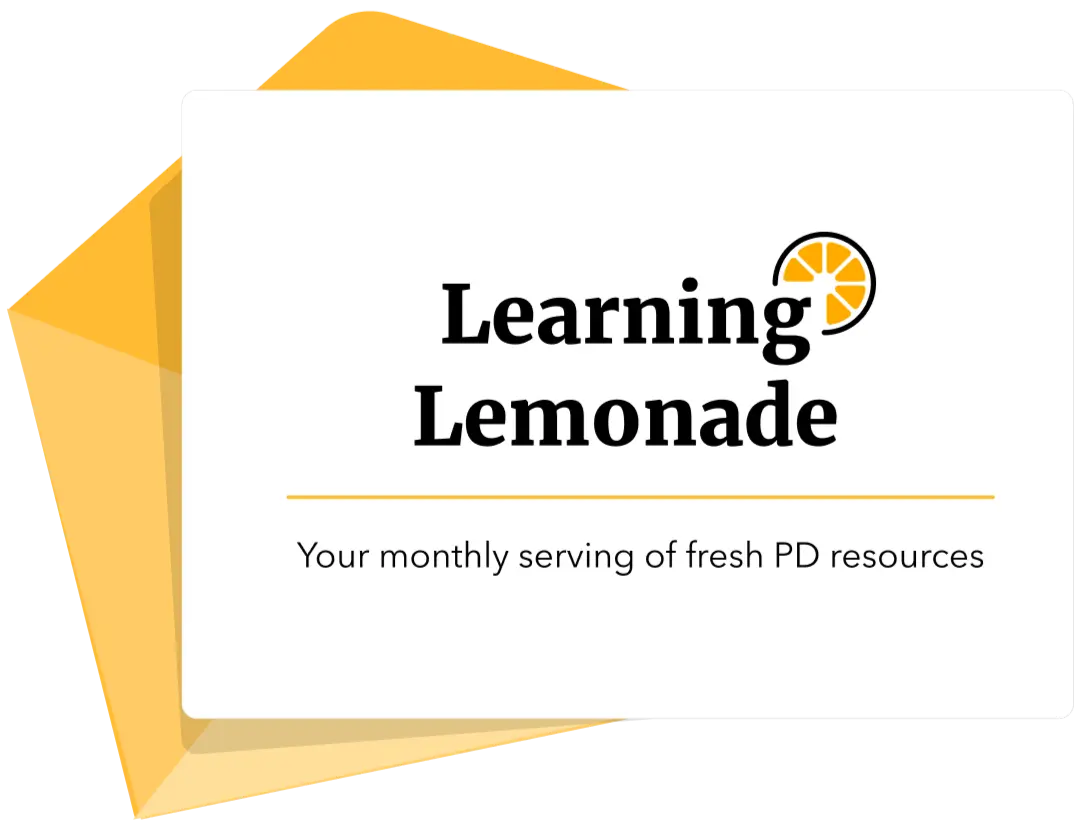The Power of Provocations in IB PYP Single Subjects
Nothing can replace the power and impact that a carefully designed provocation has on student learning. I’ve devoted the last several years to better understanding how provocations can be improved on and designed in ways that help students make stronger connections to the big ideas in a unit. A rich and meaningful provocation can:

Although I understand what a good provocation is, a couple of years ago, I challenged myself to better articulate what I truly believe makes for a rich and meaningful provocation. I spent a few hours really thinking my way through different considerations I have when designing provocations. In order to do this more effectively, I decided to create a ‘Provocations Design Question Checklist’ that zeroes in on important criteria related to designing effective provocations. Once I had created the first draft of this document, I teamed up with well-known educator and author, Trevor Mackenzie, to refine this checklist further. I’m thrilled to be able to share this document, which reflects the work of both Trevor and I.
I rarely like to take a stance on things as I like to remain open to new ideas. However, I found that taking a stance on what I believe to be the key building blocks to designing a rich and meaningful provocation helped me to clarify my own thinking. I wanted this checklist to stimulate teachers’ thinking on the power of provocations and what makes a good provocation. At the same time, I hope that teachers can use this resource to create more meaningful provocations in the units that they teach in the single subjects.
Delivering Provocation With Intention and Purpose
In my Toddle Talks webinar, I focus on multiple ways in which a good provocation can impact student learning, especially at the beginning of a unit. Through careful design, a rich and meaningful provocation can help to create strong emotional hooks that grab students’ attention. As well-known research John Hattie says, “We have to put students in a receptive frame of mind to help them focus on important outcomes that will guide their learning.”
In my webinar, I also present a specific framework for using the initial provocation to help unpack the big ideas and concepts that the unit is focused on. This process involves students co-constructing important success criteria in a unit in order to make learning outcomes explicit and clear. Further, through the use of a driving question, the teacher applies specific strategies to unpack student thinking and make this thinking visual within the learning space. It is essential that teachers create visuals that will help to guide learning the rest of the unit. These visuals can be used for both peer and self-assessment and as a reminder to teachers about what they are observing throughout the unit in regards to student learning and progress.
The example below is from an Athletics unit that I taught when I was teaching PE at the Nanjing International School in China. I broke the main provocation down into three separate parts in the first lesson. Each part of the provocation was used to get students thinking about what important ideas/concepts are important to focus on. My goal was to help them understand the two main ideas for the unit- personal excellence and resilience. The driving question used to unpack the big ideas/concepts was: What are the ingredients for success in Athletics? I designed a provocation that was used across different lessons in the following ways:
Lesson 1:
We watched two different videos and I also had the students take part in a powerful learning experience outside on the oval running track. These three experiences combined allowed them to unpack and discover what the important ideas/concepts were in the unit.
Lesson 2:
Using student ideas, I created a visual that was then used to spark further discussions about the learning outcomes.

Lesson 3:
It was now time to make learning outcomes super explicit and clear with the help of this visual. I also created a checklist of success criteria based on important learning outcomes from the Personal, Social, Physical Education Scope and Sequence (PSPE). This checklist was created in student friendly language and was then used for peer and self-assessments as well as teacher observations and student reflections throughout the unit.

This entire process was only possible because of the rich and meaningful provocation that was identified to help students tune in to the unit. Many teachers understand the importance of a strong provocation at the start of a unit. The provocations I have seen teachers use are generally good, but oftentimes happen in isolation as a one-off activity, meaning that nothing further is done with the provocation.
The framework that I present in my Toddle Talk focuses on enabling students to make deep connections and involving them in co-constructing important success criteria. We also focus on using provocations that can and should be revisited throughout the unit because a good provocation lives on, and has continued power not only in the unit but long after the unit finishes.
Hope you find value in the Provocations Question Checklist and check out the webinar to make the most of provocations in your classrooms.












